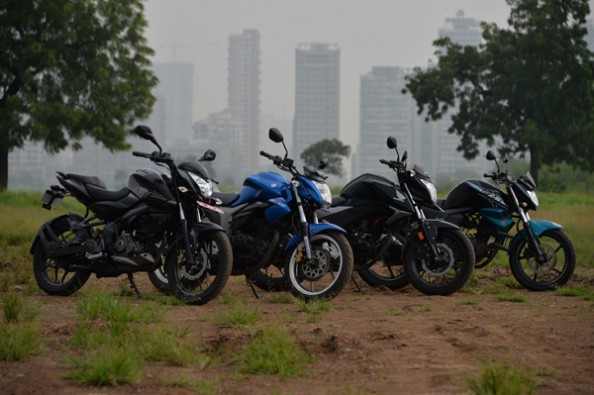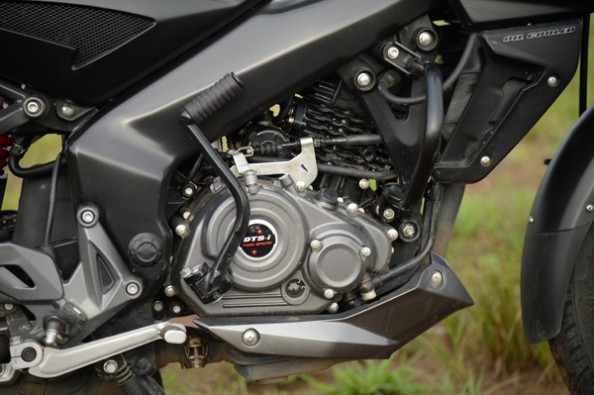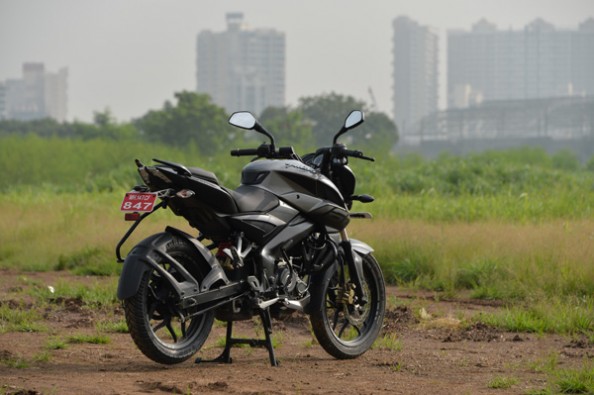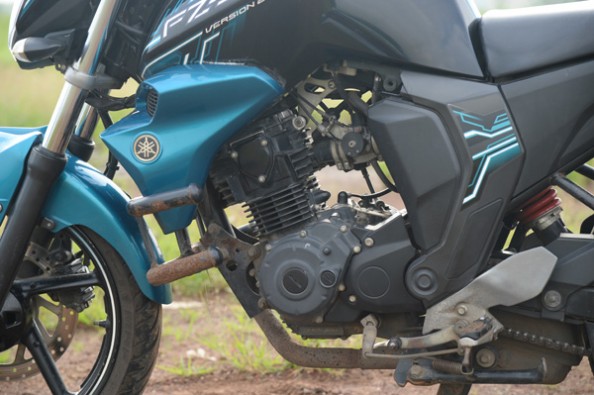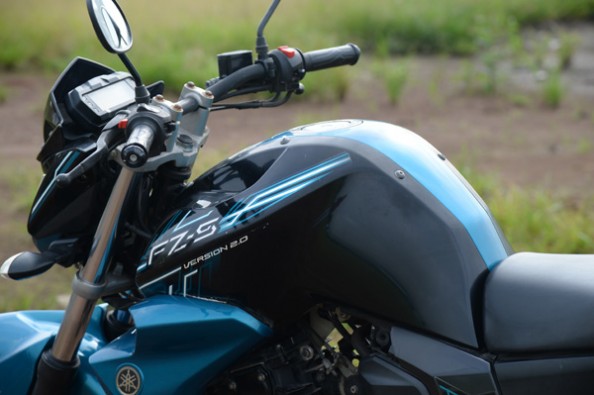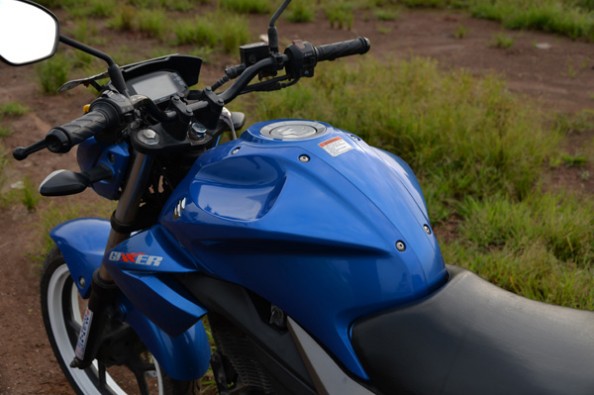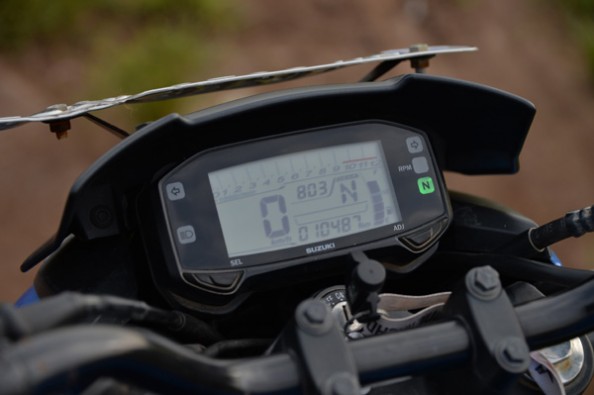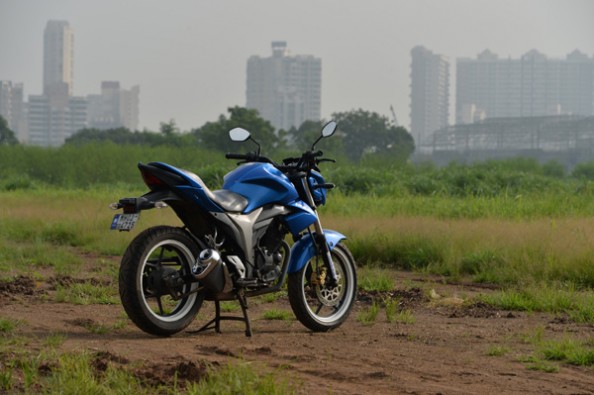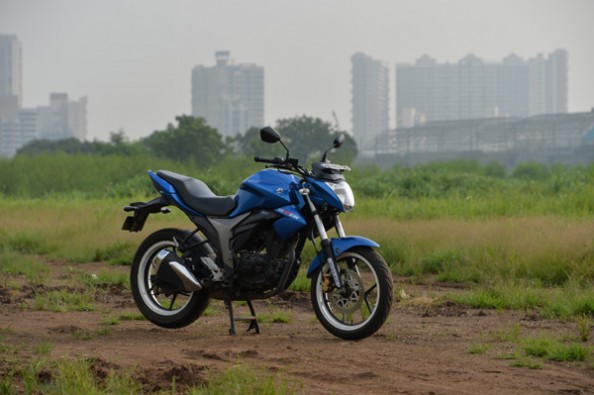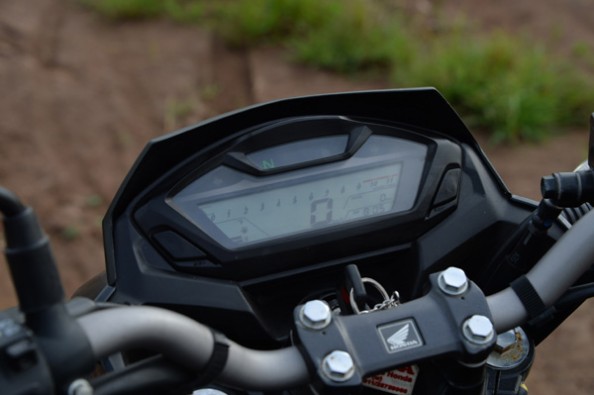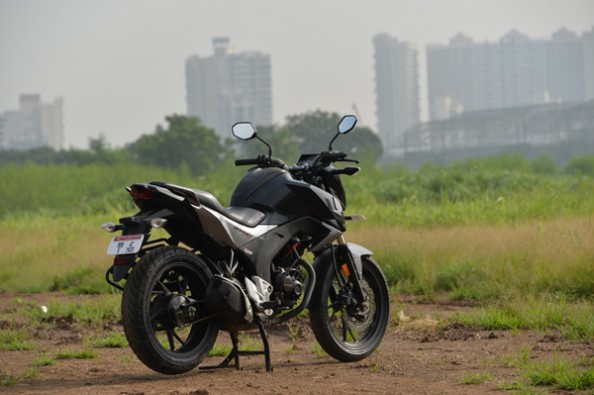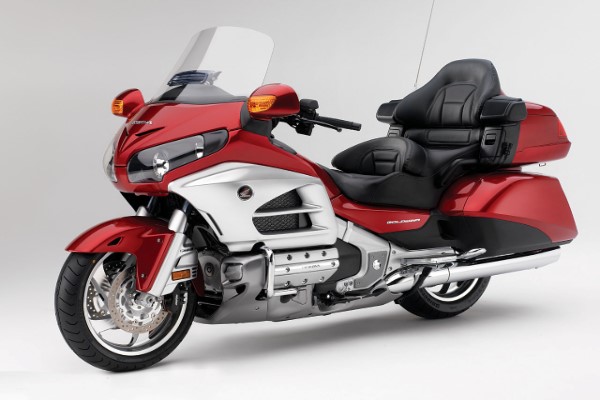Bajaj’s Pulsar is a strong contender, both on paper and in the flesh. But what does this mean for the segment? We pit it against the Gixxer, the Hornet and the FZ-S FI to find out which bike makes the most sense to buy.
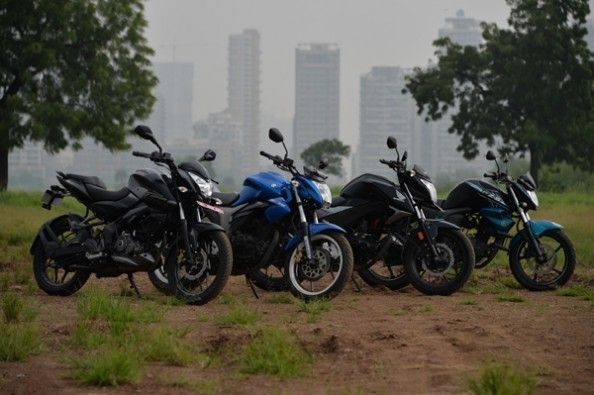
On the outside
The Bajaj will remind you of the bigger NS200, because they’re near identical, but they differ mechanically. Despite it drawing design inspiration from its older sibling, it still manages to look as exciting, if not more, in this class. The Hornet is definitely the best-looking here. Its beefy fuel-tank design and angular lines make it look striking – the 'X'-shaped tail-light is very appealing to say the least.
The FZ-S FI features cleaner panels but with a lot of stickering, which makes it look a little too busy. The Gixxer looks leaner and more chiselled in places than the Yamaha, and the less cluttered of the two. But as far as proportions go, the Gixxer doesn’t offer as much of a big bike feel.
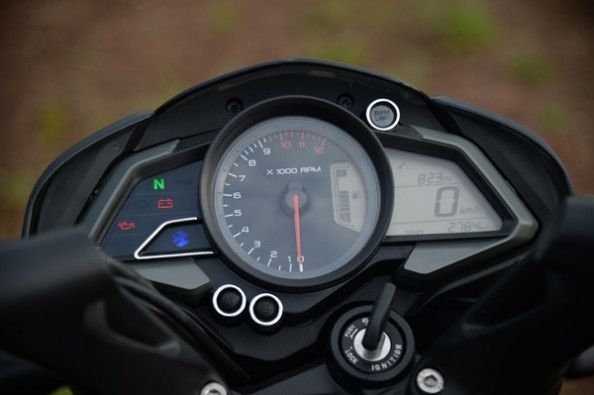
You get LCD instruments on the Hornet, Gixxer and FZ, while the Pulsar gets an analogue tachometer next to a digital panel identical to the NS200's. The Gixxer’s and Hornet’s displays are equally informative, but the Suzuki’s is the best laid out and most legible. The analogue tacho of the NS160 gives it a touch of charm though. The Honda’s switchgear feels a bit outdated and is missing a kill switch. The Pulsar features neatly backlit switches that feel solid. The Gixxer’s and FZ’s switchgear is very similar in design and feel, and easily the best here.

Riding position on the Honda feels slightly awkward with the odd, slightly high placement of the footpegs. The NS160 feels like a very familiar bike to sit on, if you’ve ridden any of the modern Pulsars, such as the NS200 and AS200, before. The NS’ seat also feels bigger than the other three. The Yamaha’s seat feels more comfort-oriented - you sit fairly upright and it’s quite accommodating. The Suzuki feels the sportiest in terms of its riding position and it’s also the slimmest bike here.
Performance details
The FZ-S v2.0 uses fuel injection (the only bike here that features this) and its motor makes 13.2hp and 12.8Nm, which are the lowest figures here. It can hit the 100kph mark from a standstill in 21.77sec. Mid-range is decent, but when you pick up the pace, it starts to feel out of breath. This bike, however, is very refined and efficient. In the city, it returns a mileage figure of 46.5kpl – the best here – and out on the highway, it manages 48.6kpl.
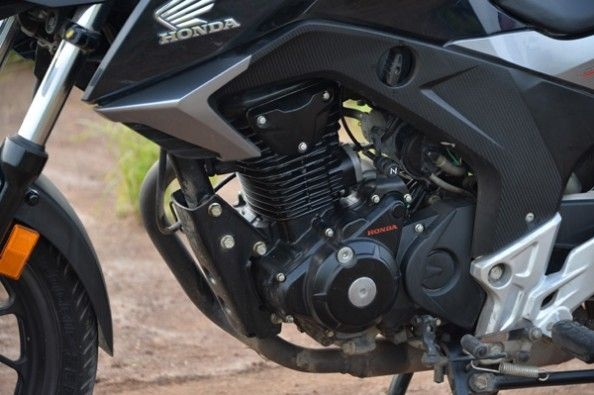
The Hornet is more powerful than the FZ-S FI and the Gixxer. It hits 100kph in just 16.51sec. The Hornet uses a 162.71cc, single-cylinder, air-cooled engine that makes 15.25hp and 14.7Nm. Vibrations on the bike tend to get worse as you go faster, which is odd on a Honda, and the bike does get difficult to ride at high speeds. As far as fuel economy goes, it makes 39.5kpl in the city and on the highway, 48kpl, which is good.
The Gixxer’s 154.9cc engine has a lower output than the Hornet (14.8hp and 14Nm). This bike takes 19.25sec to hit 100kph, but the engine is the most responsive of the bikes here. This bike is more refined than the Hornet but it isn’t as smooth as the FZ-S FI. It manages 41.7kpl in the city and only 44.2kpl on the highway.
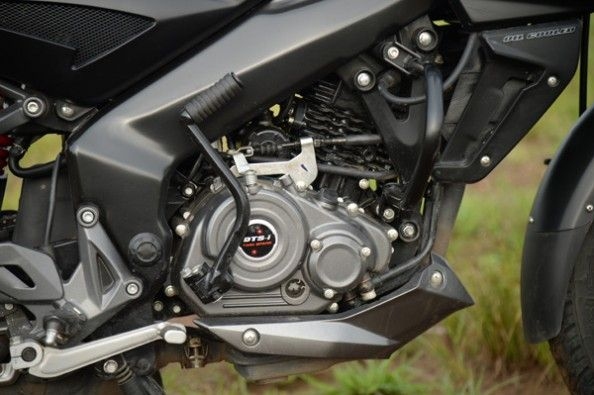
The Pulsar makes 15.5hp and 14.6Nm, which is the second highest here. This bike’s motor loves to be pushed – it takes just 15.33sec to hit 100kph. This is the smoothest Pulsar engine till date – there’s very little vibration at most speeds. It’s not as refined as the Gixxer or the FZ though, but it feels smoother than the Hornet at the top end. In the city it returned an impressive 40.7kpl, while highway efficiency stands at 53.4kpl.

How does it ride?
It’s the FZ that handles broken roads best - neither the Hornet nor the Gixxer offers a plush feel over bad road. The Gixxer handles really well - it turns quickly, feels planted and the chassis and tyres are extremely communicative. ABS is not an option on any of these bikes, but you get CBS tech as an optional add-on.
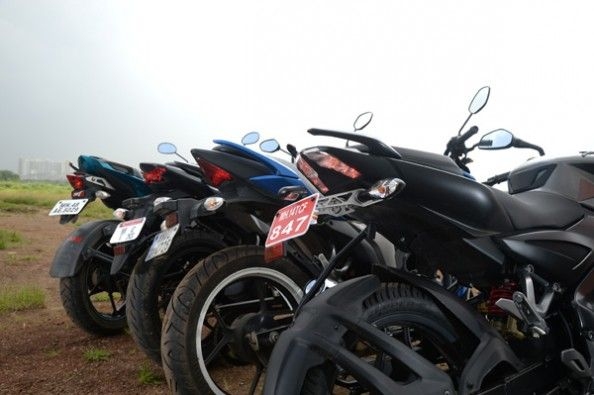
Should i buy one?
The Gixxer is our favourite here thanks to how its punchy motor and incredible handling, and it also being easy enough to be a brilliant everyday bike. The new Pulsar is good looking, nimble, tractable, frugal and fairly comfortable. It can’t outdo the FZ as a commuter and won’t be a reliable in the long-term, but it undercuts both the Yamaha and Honda in pricing. It's also the fastest bike here. Overall, the Gixxer feels more rounded in the thrills it offers and, the bike is not as expensive either. In this comparison, the Gixxer just about clinches the title.



